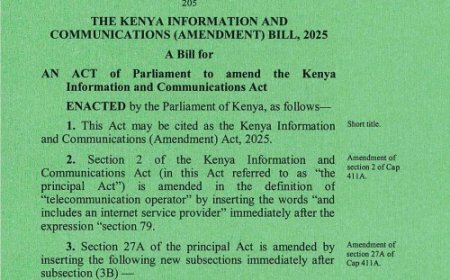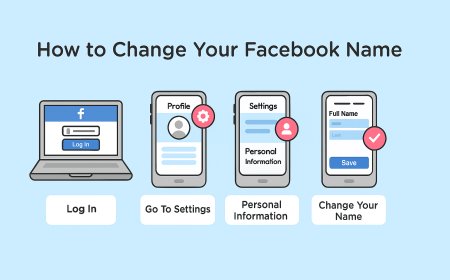Mastering Web Development: The 20 Most Popular CSS Properties Every Developer Should Know
CSS (Cascading Style Sheets) properties play a crucial role in styling and designing websites. Understanding and mastering the most popular CSS properties is essential for web developers to create visually appealing and functional web pages. In this blog post, we will delve into the 20 most popular CSS properties that every developer should have a firm grasp on.
1. color
The color property is used to set the text color of an element. You can specify colors using keywords (e.g., red, blue), hex codes (e.g., #FF0000), RGB values (e.g., rgb(255, 0, 0)), or HSL values (e.g., hsl(0, 100%, 50%)).
2. font-size
The font-size property sets the size of the text. You can specify the size in pixels, em units, percentages, or keywords (e.g., small, medium, large).
3. font-family
The font-family property defines the font to be used for the text. You can specify multiple fonts as a fallback in case the first choice is not available.
4. font-weight
The font-weight property sets the boldness of the text. You can use keywords (e.g., normal, bold) or numeric values (e.g., 100 for thin, 400 for normal, 700 for bold).
5. text-align
The text-align property controls the alignment of the text within its containing element. You can align the text to the left, right, center, or justify it.
6. background-color
The background-color property sets the background color of an element. Like the color property, you can specify colors using keywords, hex codes, RGB values, or HSL values.
7. padding
The padding property sets the padding (space) inside an element. You can specify the padding for all sides or individually for each side (e.g., padding-top, padding-right, padding-bottom, padding-left).
8. margin
The margin property sets the margin (space) outside an element. Like padding, you can specify the margin for all sides or individually for each side.
9. border
The border property sets the border around an element. You can specify the border width, style, and color.
10. display
The display property determines how an element is displayed. Common values include block (the element is displayed as a block), inline (the element is displayed inline with the surrounding text), and none (the element is not displayed)
11. width
The width property sets the width of an element. You can specify the width in pixels, percentages, or other units.
12. height
-
The
heightproperty sets the height of an element. Like width, you can specify the height in pixels, percentages, or other units.
13. float
The float property specifies whether an element should float to the left or right of its containing element.
14. position
The position property specifies the positioning method used for an element. Common values include static (the default), relative, absolute, and fixed.
15. top, right, bottom, left:
When using position: absolute or position: fixed, these properties are used to specify the distance of the element from the top, right, bottom, or left edges of its containing element.
16. z-index
The z-index property specifies the stack order of an element. Elements with a higher z-index value are displayed in front of elements with a lower z-index value
17. overflow
The overflow property specifies what should happen if the content of an element overflows its box. Common values include visible (the overflow is not clipped), hidden (the overflow is clipped and the rest of the content is not visible), scroll (the overflow is clipped and a scrollbar is added), and auto (the overflow is clipped and a scrollbar is added only when necessary).
18. box-shadow
The box-shadow property adds a shadow effect to an element's box. You can specify the horizontal and vertical offset of the shadow, the blur radius, the spread radius, and the color of the shadow
19. text-decoration
The text-decoration property adds decoration to text. Common values include none (no decoration), underline (adds an underline), overline (adds a line above the text), and line-through (adds a line through the text)
20. transition
The transition property adds smooth transitions to CSS property changes. You can specify the properties to be transitioned, the duration of the transition, the timing function, and the delay before the transition starts
What's Your Reaction?




































![2024 Social Media Image Sizes for All Networks [CHEATSHEET]](https://blogs.amospeter.co.ke/uploads/images/202406/image_430x256_666ad3fcd2380.jpg)












